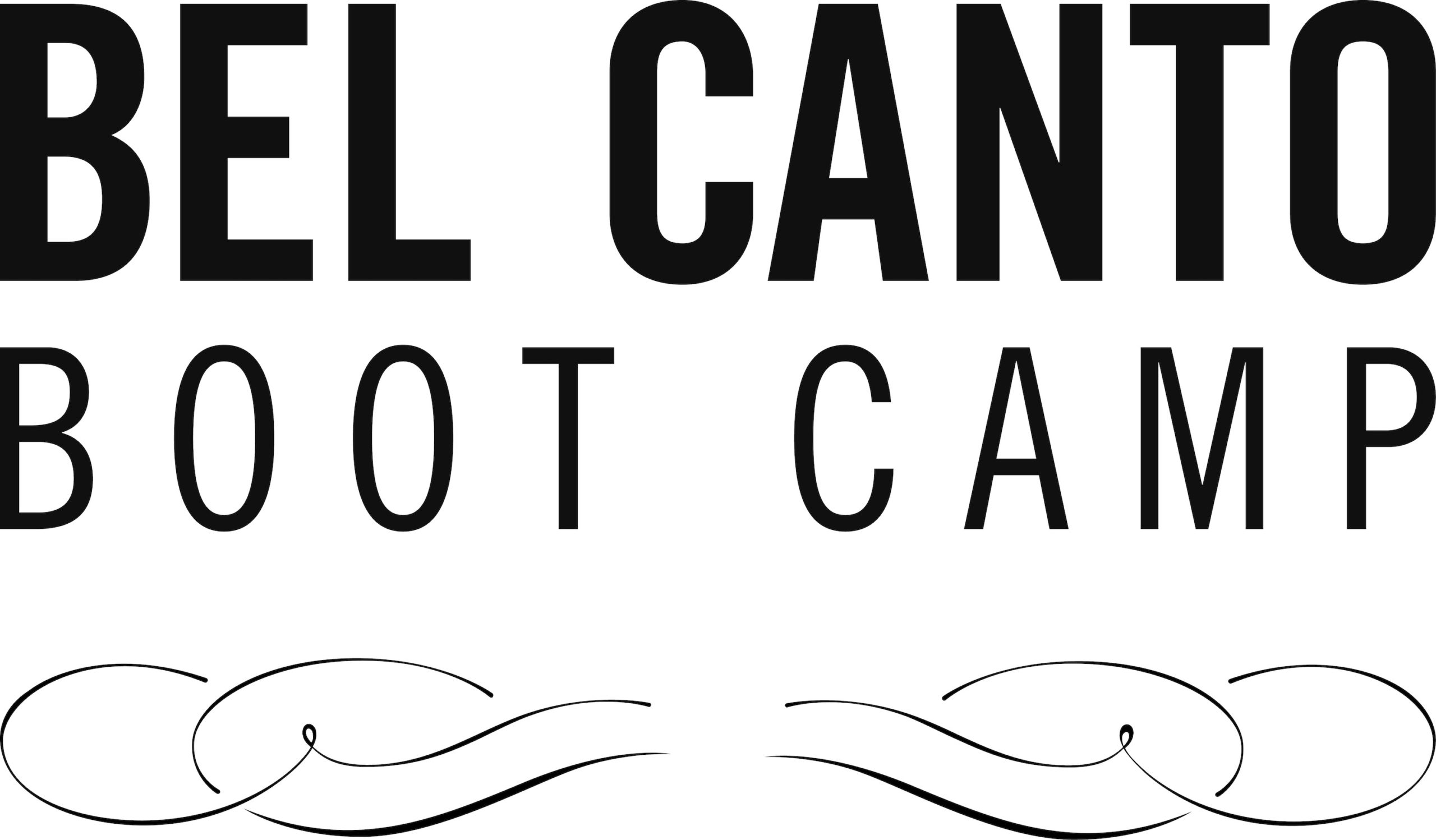Giulio Caccini. Le nuove musiche. Edited by H. Wiley Hitchcock. A-R Editions, 1970.
Sometimes it is useful to reread something that you read and thought you understood. Going back to a book or article you read before with fresh eyes and more experiences will sometimes lead to revelations. That happened to me recently when Bel Canto Book Club was reading and discussing James Stark’s Bel Canto. Yes, I had read and discussed the book in graduate school, but somehow I had overlooked some useful ideas, in this case his discussion of Caccini’s Le nuove musiche.
Many of Caccini’s instructions in Le Nuove Musiche are there to encourage the new freedom of expression available to solo singers who no longer had to abide by the rigidity of the contrapuntal madrigal in which any alteration might wreak havoc on the strict rules of modal counterpoint. It’s not that there was no freedom of expression in the solo madrigal, but not nearly to the extent that the new style allows.
“But Caccini was primarily a singer, and for all his humanistic theorizing about Platonic priorities of text over music, speech over song, word over tone, his madrigals triumph more by their melodious grace vocalistic charm than by powerful or profound textual communication. Forgoing the madirgalists’ arsenal of text-expressive imagery, Caccini armed himself only with the sensuous weapons of the highly trained voice—its agility, its fluidity, its sheer beauty of sound.†(H. Wiley Hitchcock, “Introductionâ€, 10)
Much of what we consider bel canto begins with those ideas. Caccini unleashes the imagination of the singer to express through ornamentation and beautiful singing in a way that had been limited up to that point. As a teacher, my studio is almost exclusively made up of singers coming from a choral background (and hoping to continue that by becoming choir directors), convincing them that not only is it okay to take liberties with the printed notation, but that it is actually necessary, is a daily struggle. So I was pleased when re-reading Stark and finding a word that I had somehow overlooked years earlier reading that book for a pedagogy class. That word is sprezzatura.
“Caccini’s affective singing style was further characterized by sprezzatura, a rhythmic flexibility that allowed for the natural accentuation of the words, and a departure from Renaissance rules of part-writing so as to create dissonances that enhanced the expression of the words. The term sprezzatura had earlier been used by Baldassare Castiglione in Il libro de cortegiano (The Book of the Courtier, 1528), where it was defined as ‘that virtue opposite to affectation…whence springs grace. (Caccini/Hitchcock, 44) Sprezzatura is sometimes translated as nonchalance or negligence.†(Stark, 160)
But sprezzatura is not only about rhythm (although for our purposes it is a big part of it. It is the kind of performance in which someone highly skilled makes the difficult appear easy. Simone Biles, the gymnast, for example, performing near-impossible feats with the grace and apparent naturalness with which the rest of us might perform ordinary tasks. Such casualness and ease in musicianship and diction is obviously not easily achieved but it must be the goal. Last week I posted a clip of Beverly Sills singing Auber’s “Ah! vous dirais-je, maman†(https://www.youtube.com/watch?v=eT5pw8E5IYE). Just as impressive as her beautiful performance of exceedingly difficult music is the way in which she makes it all appear easy. It would be interesting to know how many hours in the practice room were required to make something so difficult seem so natural. It’s as if she were playing a game, not laboring over a difficult task.
There is of course much more in Caccini’s Introduction to Le nuove musiche and it bears another reading, especially if you are performing music from the early baroque. But even if you aren’t, so much of what Caccini advocated as a singer, teacher and composer is still relevant to singers today regardless of the style of music they are performing. Hitchcock’s edition is in most college libraries, so it is easy enough to find. And of course, the Introduction is reprinted in many music history books. If you haven’t read it in a while, take a few minutes revisit it.
